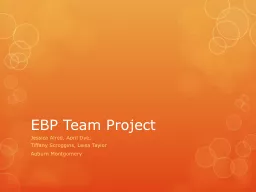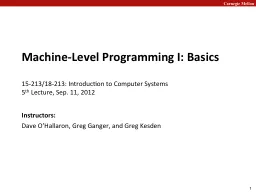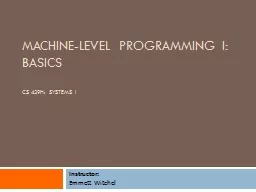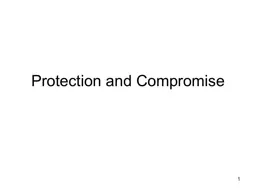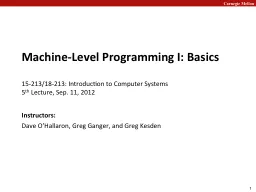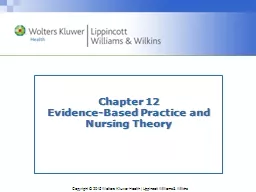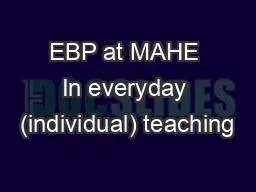PPT-EBP Team Project Jessica
Author : kampsta | Published Date : 2020-06-24
Alred April Dye Tiffany Scroggins Leisa Taylor Auburn Montgomery What is EvidenceBased Practice According to Howlett Rogo amp Shelton 2014 Evidence based
Presentation Embed Code
Download Presentation
Download Presentation The PPT/PDF document "EBP Team Project Jessica" is the property of its rightful owner. Permission is granted to download and print the materials on this website for personal, non-commercial use only, and to display it on your personal computer provided you do not modify the materials and that you retain all copyright notices contained in the materials. By downloading content from our website, you accept the terms of this agreement.
EBP Team Project Jessica: Transcript
Download Rules Of Document
"EBP Team Project Jessica"The content belongs to its owner. You may download and print it for personal use, without modification, and keep all copyright notices. By downloading, you agree to these terms.
Related Documents

